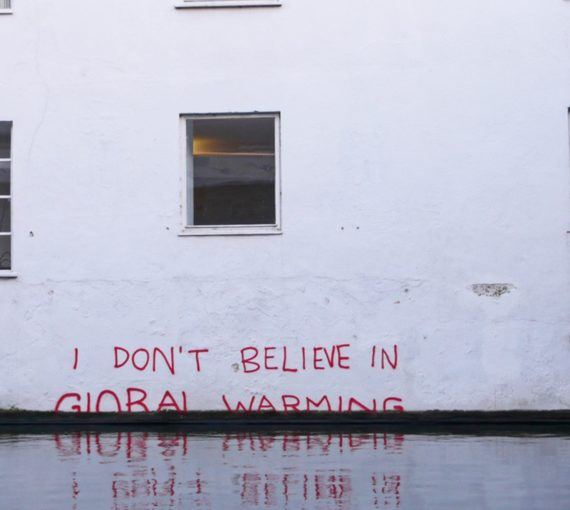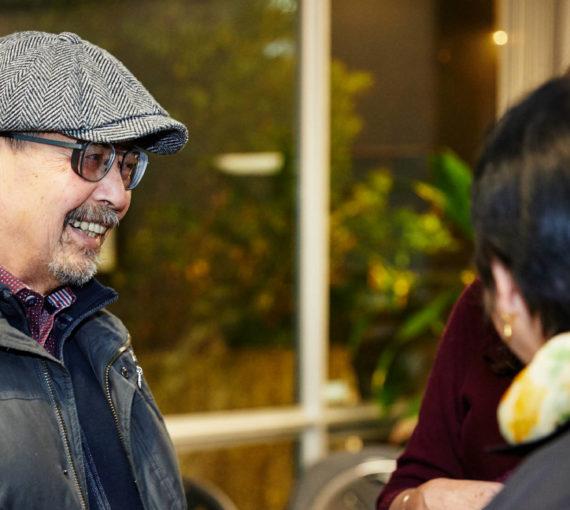Not long ago, dining out, going for a drink, working in an office, riding an airplane or intercity bus and going to a movie meant being subjected to second-hand smoke. Cigarette smoking was a fact of life, and smokers were everywhere — indoors and out.
In many countries, including Canada, that’s changed. But it wasn’t without a fight. Restaurant and bar owners fretted loudly that regulations to limit smoking would destroy their businesses, and tobacco companies lobbied and launched massive PR campaigns to convince people that smoking wasn’t harmful, that new laws were an infringement on smokers’ rights and that reducing smoking would devastate the economy.
Through a combination of public education and government regulation, including taxation, profound societal change took place over a relatively short time. In 1965, half of Canadians smoked. By 2011, that had dropped to about 17.3 per cent, or 4.9-million people, with only about 13.8 per cent daily smokers. Unfortunately the downward trend has levelled off in recent years, and tobacco remains the leading cause of preventable death in Canada, according to researchers at the University of Waterloo. “More than 37,000 Canadians will die prematurely this year due to tobacco use. Each day, 100 Canadians die of a smoking-related illness,” the 2013 report, ‘Tobacco Use in Canada: Patterns and Trends’, says.
With increasing regulation, high cigarette prices driven by “sin taxes” and the current stigma attached to smoking, it’s bewildering that people take up the pointless habit in the first place. Smoking prevalence is still highest among young adults, especially those aged 25 to 34, although education is a factor, with smoking rates for university graduates less than half those for people with less education.
I sometimes wonder if it’s lack of education that causes many smokers to litter their butts without giving it a second thought. It’s astounding how many people who would likely not otherwise drop garbage on the ground see nothing wrong with flicking butts without regard for where they land. It may seem trivial, but it’s not.
According to the Surfrider Foundation’s Hold on to Your Butt campaign, cigarette butts are the most littered item in the world, with 4.95-trillion tossed onto the ground or water every year. The U.S. spends about $11-billion a year on litter clean-up, and 32 per cent of that is butts. They’re washed from the streets into storm drains and rivers and eventually to oceans and are the most prevalent type of debris collected in beach clean-ups around the world.
The environmental impacts are nothing to sneeze at, either. Surfrider notes that cigarette butts are made of “cellulose acetate, a non-biodegradable plastic, which can take up to 25 years to decompose.” The toxic butts can be ingested by children and animals, especially birds and marine animals. Tossed cigarette butts are also a major fire risk.
Obviously, the best way to reduce cigarette butt pollution is to step up efforts to prevent people from starting smoking and help those who have to quit. But we aren’t going to stop everyone from smoking overnight, so we have to find ways to address the litter problem. Again, a combination of public education and regulation will go a long way.
In San Diego, Surfrider installed outdoor ashcans and gave smokers pocket ashtrays. Many places, including Vancouver, have banned smoking on beaches and in parks. Stepping up enforcement of litter laws also helps. Some people even recommend banning filtered cigarettes or at least requiring filters to be biodegradable, arguing they’re more of a marketing ploy than a safety feature. In Vancouver and other cities, some people have been pushing for a deposit-and-return system similar to those for bottles and cans.
Besides reducing litter and environmental damage, methods that also increase the price of cigarettes have proven to be effective in reducing smoking rates.
Some consider tobacco a sacred herb. It’s used by many indigenous peoples for ceremonial purposes. With widespread use spurred by marketing, it became a costly and unhealthy addiction and a toxic blight on the environment. Smoking trends in countries like Canada show that societal change is possible and — with education and regulation — people will do what’s best for themselves and for the world around them.



